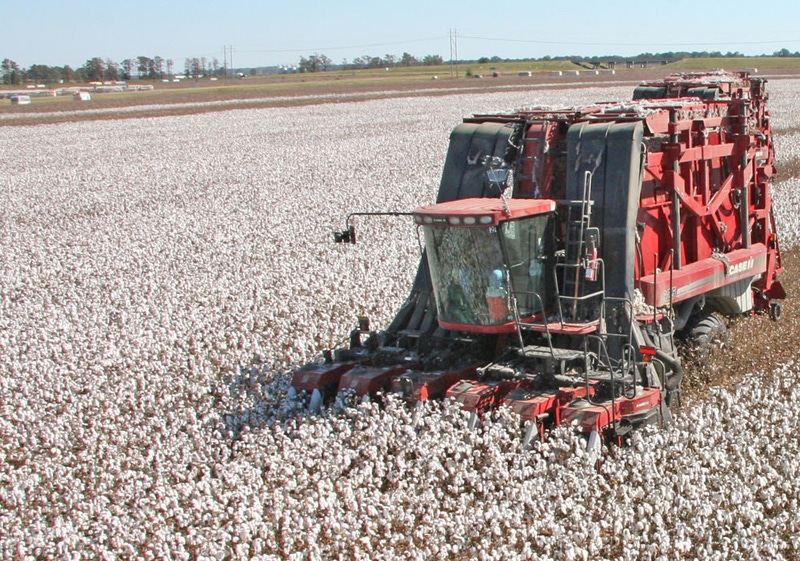December 3, 2012

U.S. growers aren’t the only ones who are expected to reduce cotton acreage in 2013, the International Cotton Advisory Committee reports.
The ICAC Secretariat projects that global cotton production will decrease by 11 percent to 23.2 million tons (106.56 million bales) in 2013-14 due to lower cotton prices and increased attractiveness of competing crops.
This would be the second consecutive season of decline in cotton production and the smallest output in four years. Production is expected to fall sharply in the United States and Turkey, where competition with grains and soybeans is strong.
Smaller crops are also projected in China, Pakistan, Central Asia and the former French colonial portion of Africa. Production is forecast only slightly down in India, assuming a recovery in the average yield.
Global cotton mill use is expected to continue growing slowly in 2013/14, on the basis of a continued gradual recovery in global economic growth. The Secretariat forecasts global cotton mill use to rise by 3 percent to 24.2 million tons (111.15 million bales), driven largely by South Asia.
World cotton trade could remain almost stable at 7.8 million tons (35.83 million bales), as a projected further drop in Chinese imports could be offset by increased demand from the rest of the world.
After three consecutive years of increase, global stocks could contract by 6 percent from the record level of 16.6 million tons (76.24 million bales) forecast in July 2013, to 15.6 million tons (71.65 million bales) in July 2014. Most of this reduction in stocks is expected to take place outside of China.
“One major source of uncertainty regarding short-term global cotton supply and use projections stems from Chinese policies,” the ICAC said. “The Chinese government has accumulated a national reserve of over 7 million tons (32.15 million bales) in the last 14 months by buying domestic and foreign cotton.
“This national reserve will likely continue growing until the end of March 2013 but it is not clear how it will be managed after that point. International cotton prices are currently supported and stabilized by Chinese policies, but changes to these policies could have opposite results.
You May Also Like




